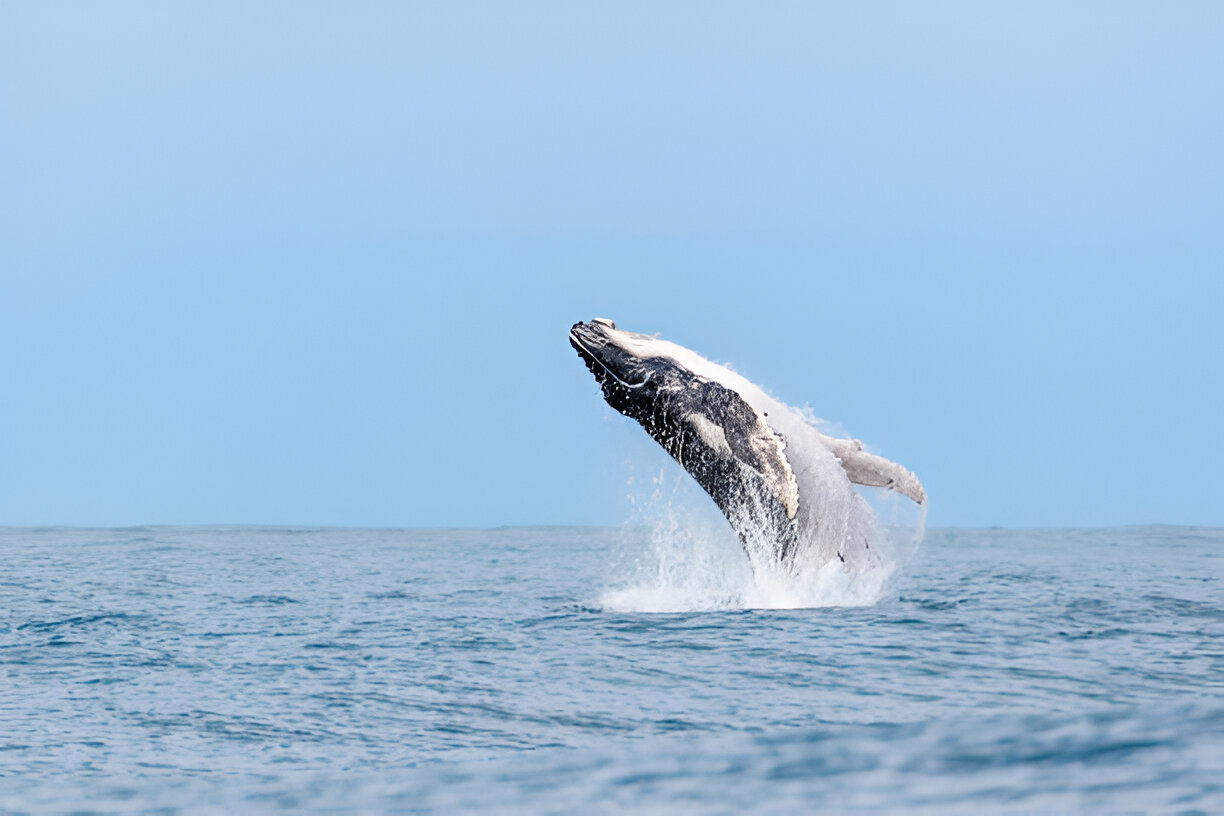Stretching along Queensland’s southeastern coastline, the Sunshine Coast delivers a mix of surf-friendly beaches, lush hinterland, and vibrant towns. Whether you’re chasing outdoor adventures or relaxed coastal vibes, timing your trip can shape your experience. Let’s find out the best time to visit Sunshine Coast in Australia.
This guide unpacks seasonal patterns, crowd trends, and local events to help travellers maximise their stay. We’ve combined weather data, activity calendars, and regional expertise from trusted Australian travel resources.
Understanding climate variations matters here. Summer brings warm ocean swims but occasional storms, while winter offers crisp mornings perfect for hiking. School holidays and festivals also influence availability and pricing.
You’ll discover how each season caters to different interests. From whale-watching windows to quieter beach days, we break down what to expect monthly. Practical tips on accommodation bookings and hidden gems round out the advice.
With smart planning, you can align your preferences with ideal conditions. Let’s explore how to tailor your visit to this iconic Australian region for memorable moments.
Understanding Sunshine Coast’s Unique Climate
Renowned for its balanced climate, the region offers warm summers and mild winters, appealing to both adventurers and relaxation-seekers. This predictable weather pattern creates opportunities for outdoor activities nearly every month. Let’s unpack what makes this destination’s conditions stand out.
Sunshine Hours and Temperature Ranges
With an average of 7–9 hours of daily sunshine, the area thrives under clear skies. Summer temperatures hover between 21°C and 29°C, ideal for swimming or surfing. Winter brings cooler mornings around 11°C, warming to 22°C by afternoon – perfect for bushwalking.
Coastal zones maintain steadier temperatures due to ocean breezes. Inland areas like the Glass House Mountains often dip 3–5°C lower at night. These variations let visitors choose experiences based on preference.
Quick Overview: Sunshine Coast’s Weather & Seasonal Guide
Here’s a glance at how the weather breaks down across the year:
| Season | Months | Avg Temp | Rainfall | Tourist Volume |
| Summer | December – February | 20–29°C | High | Very High |
| Autumn | March – May | 13–28°C | Moderate | Medium |
| Winter | June – August | 9–22°C | Low | Low |
| Spring | September – November | 13–27°C | Moderate | Medium-High |
Sunshine Coast enjoys a subtropical climate, meaning warm, humid summers and mild, dry winters. The weather is generally pleasant year-round, but each season offers a unique flavour.
Regional Variations and Coastal vs Hinterland Conditions
The coast enjoys moderate humidity and sea winds, while hinterland towns experience crisp mornings and drier air. Rainfall patterns differ too: beaches receive 1,400mm annually, compared to 1,800mm in elevated zones.
This diversity means you can surf at Mooloolaba Beach and hike Kondalilla Falls on the same day. Such flexibility makes the Sunshine Coast a year-round destination, regardless of season.
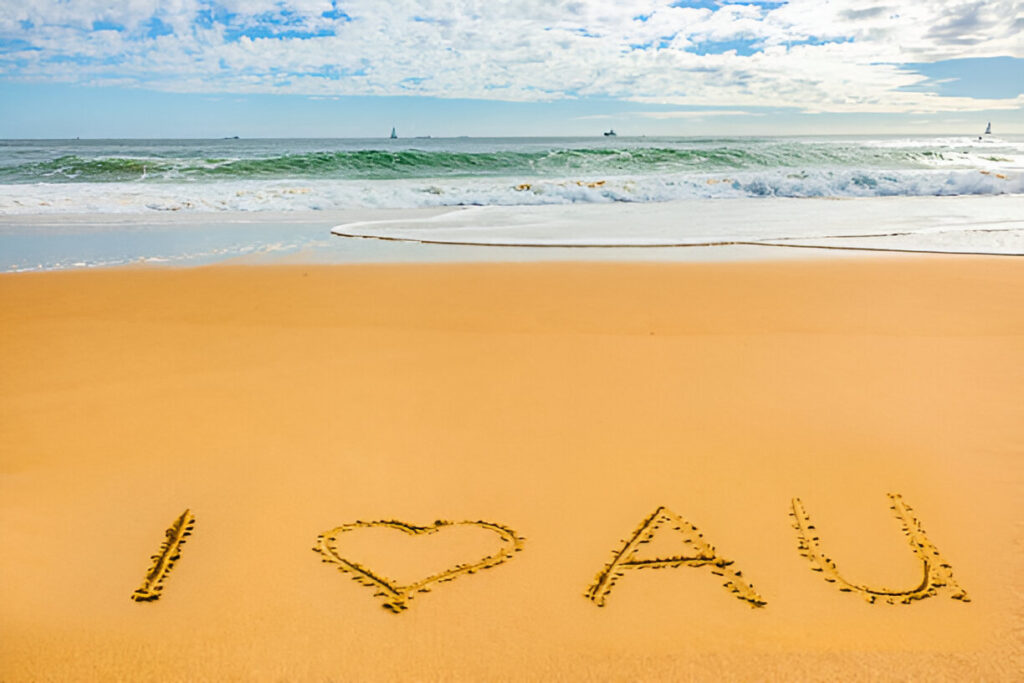
Best time to visit Sunshine Coast in Australia: A Seasonal Guide
With its mix of surf and rainforest, the area’s climate invites exploration across all seasons. While conditions remain pleasant year-round, subtle shifts in temperature and rainfall create distinct advantages for different travel styles. Below, we break down monthly patterns and seasonal trade-offs.
Monthly Weather Trends and Temperature Insights
December to February sees average highs of 29°C, ideal for beach days but accompanied by brief afternoon showers. March to May brings milder evenings (13–28°C), perfect for hinterland hikes. June to August offers crisp 22°C days – prime whale-watching weather.
September to November blooms with wildflowers, temperatures hovering between 18°C and 27°C. Coastal zones stay warmer, while inland areas cool faster at night. This range lets visitors switch between swimming and hiking within a single trip.
Comparing Peak Season with Off-Peak Advantages
School holidays (December–January) draw crowds to beaches and parks, with accommodation prices peaking. February to April sees fewer tourists, offering discounted stays and quieter trails. Winter months attract retirees and nature enthusiasts seeking calm.
Key festivals like the Horizon Festival (August) or Noosa Food & Wine (May) add vibrancy but require early bookings. Travellers prioritising flexibility often prefer shoulder seasons (April–May or September–October) for balanced weather and manageable crowds.
The Sunshine Coast delivers reliable sunshine and diverse activities regardless of when you arrive. Pack layers for microclimates, and you’ll thrive in any season.
Summer Experiences and Vital Insights
The warmest months bring a surge of energy to the region’s shores and towns. Coastal areas hum with activity as locals and travellers embrace long days filled with saltwater adventures. From December to February, the Sunshine Coast becomes a mosaic of sun-soaked activities and vibrant cultural gatherings.
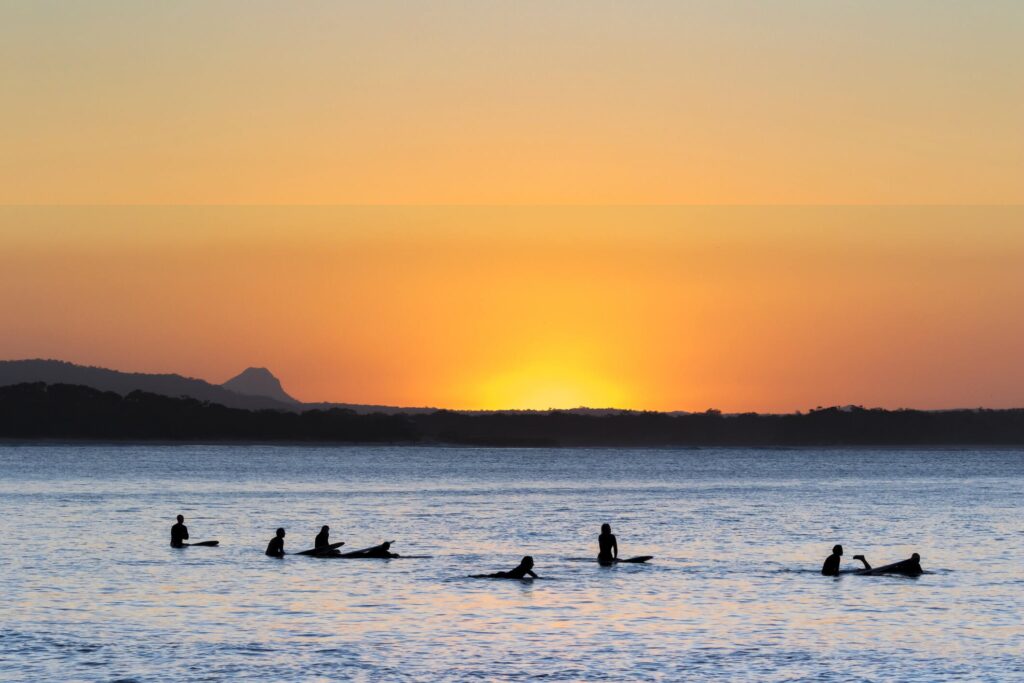
Is Summer the Best Time to Visit Sunshine Coast in Australia
Weather Conditions: Hot, humid, and often wet with afternoon storms. Average temperatures hover between 20°C and 29°C.
Major Events:
- Christmas and New Year’s festivities
- Woodford Folk Festival (just inland)
- Australia Day celebrations
Pros:
- Lively beach atmosphere
- Long daylight hours
- Festive events
Cons:
- Higher prices and crowded beaches
- Frequent rain and humidity
Verdict: Great for beach lovers and partygoers, but expect the crowds and higher costs.
Beach Adventures and Water Sports
Golden sands like Noosa Main Beach and Mooloolaba Beach become hubs for aquatic thrills. Try stand-up paddleboarding in calm bays or test your skills at renowned surf breaks. Families often gather at Kings Beach’s sheltered coves for safe swimming and sandcastle building.
| Beach | Top Activity | Facilities |
| Noosa Main Beach | Surfing lessons | Showers, cafes |
| Kings Beach | Family swimming | Playground, picnic areas |
| Mooloolaba Beach | Ocean kayaking | BBQ spots, lifeguard patrols |
Festivals, Christmas Celebrations, and School Holiday Buzz
December sparks a festive transformation across the Sunshine Coast. Night markets overflow with seasonal treats, while beachfront parks host open-air cinema nights. The New Year’s Eve fireworks over Mooloolaba Esplanade draw crowds with their dazzling reflections on the water.
Local chefs showcase fresh seafood at pop-up stalls during summer food festivals. Meanwhile, hinterland villages counter the coastal buzz with twilight carol services and handmade craft fairs. Accommodation books quickly, so early reservations are wise during this lively period.
Autumn Adventures and Cultural Events
Autumn (March to May) paints the region with a fresh palette of cultural vibrancy and outdoor possibilities. Cooler days create ideal conditions for exploring, while occasional rain showers revive hinterland trails. This season balances lively events with quieter moments to connect with nature.
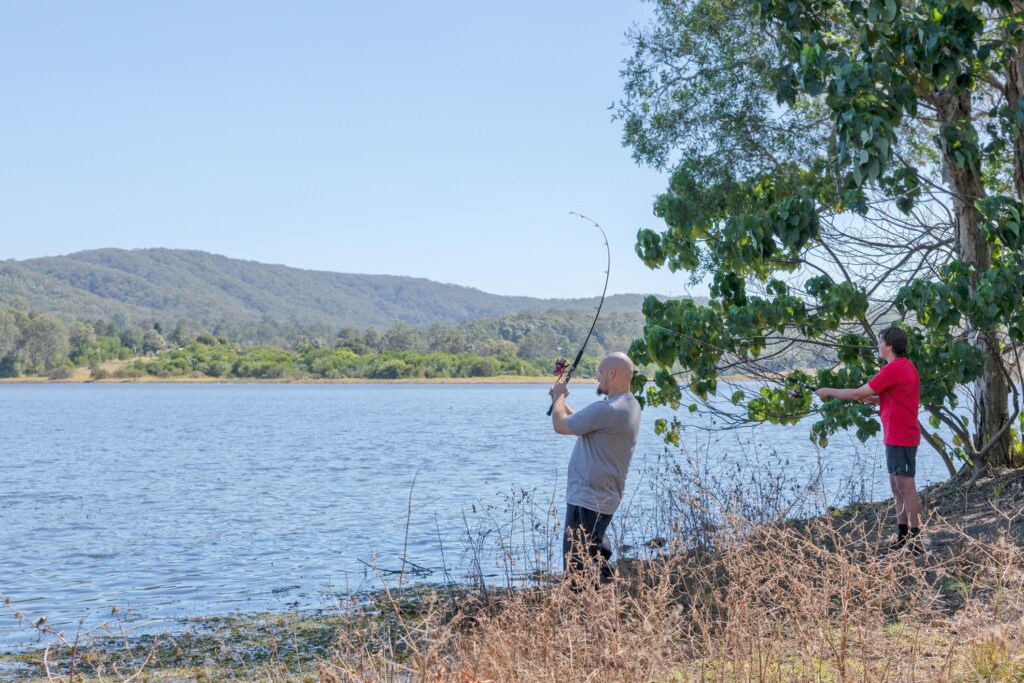
Is Autumn the Best Time to Visit Sunshine Coast in Australia
As the humidity fades, autumn reveals a milder, calmer Sunshine Coast—perfect for outdoor exploration.
Ideal Temperatures: Day temps range from 13°C to 28°C, ideal for hiking and sightseeing.
Highlights:
- Quieter national parks
- Caloundra Music Festival (late March/early April)
- Brilliant sunsets and clearer skies
Why Visit in Autumn:
- Fewer crowds
- Mild conditions
- Lower accommodation rates
Verdict: A hidden gem season, ideal for nature enthusiasts and couples seeking peace.
Local Festivals and Surfing Competitions
March kicks off with the Noosa Festival of Surfing, where pros and amateurs ride waves at First Point. Foodies flock to the Hinterland Harvest Festival, sampling farm-fresh produce and artisan cheeses. Coastal towns host twilight markets showcasing local crafts and live music.
| Event | Location | Key Feature |
| Noosa Triathlon | Noosa National Park | Multi-sport challenge |
| Caloundra Music Festival | Kings Beach | Indie & rock performances |
| Maleny Scarecrow Festival | Hinterland villages | Creative family displays |
Exploring the Hinterland During Cooler Days
Crisp mornings make hiking the Glass House Mountains’ volcanic peaks rewarding. Discover Montville’s art galleries or stroll through Mary Cairncross Scenic Reserve’s misty rainforest. Weekday visits to popular places like Kondalilla Falls often mean having trails to yourself.
Autumn’s mild weather extends picnic opportunities in national parks. Pack layers for sudden temperature shifts between sunny valleys and shaded gorges. This time of year reveals why the Sunshine Coast’s diversity remains unmatched – from surf to summit.
Winter Wonders on the Sunshine Coast
Winter unveils a quieter side of the Sunshine Coast, where crisp mornings melt into sun-drenched days perfect for exploration. Between June and August, the region combines marine marvels with heritage charm, offering diverse experiences without summer’s humidity.
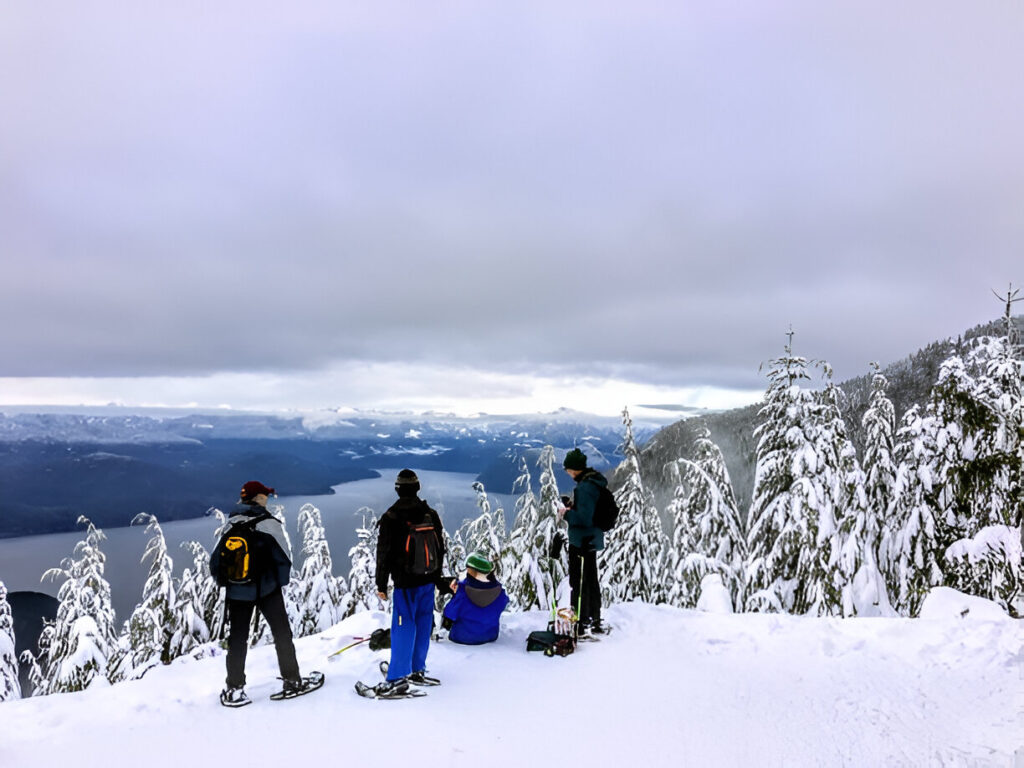
Is Autumn the Best Time to Visit the Sunshine Coast
Crisp & Clear: Average highs of 22°C and lows around 9°C, often with bright sunny skies.
Best for:
- Whale watching (June to October)
- Noosa’s Main Beach strolls
- Budget-friendly travel (off-peak)
Bonus: Low humidity and rare rain. Pack a jumper for evenings, but expect T-shirt weather during the day.
Verdict: Perfect for budget travellers and those who dislike extreme heat.
Whale Encounters and Surf Breaks
Over 30,000 humpback whales glide past coastal waters during their annual Antarctic migration. Guided snorkel tours near Mooloolaba allow face-to-fin encounters. Dedicated vessels explain breaching behaviours, with peak sightings from July to September.
Surfing conditions thrive with consistent offshore winds shaping clean waves at breaks like Coolum Beach. Water temperatures average 21°C, making wetsuits optional. Smaller crowds grant uninterrupted rides, especially during dawn patrols.
- Mary Valley Rattler steam train: Journey through hinterland vistas on heritage carriages
- Kondalilla Falls circuit: Discover misty rainforest trails with winter waterflows
- Eumundi Markets: Browse handmade leather goods and sip locally roasted coffee
Coastal zones maintain daytime highs around 22°C – ideal for biking the Coastal Pathway. Inland areas like Maleny experience cooler nights, perfect for cosying up in boutique cottages. Pack light layers to transition seamlessly between adventures.
Springtime Escapes and Natural Beauty
As warmth returns to Queensland’s landscapes, the Sunshine Coast transforms into a tapestry of colour and activity. September to November reveals blooming wildflowers, active wildlife, and trails framed by rejuvenated greenery. This season invites discovery across coastal and hinterland ecosystems.
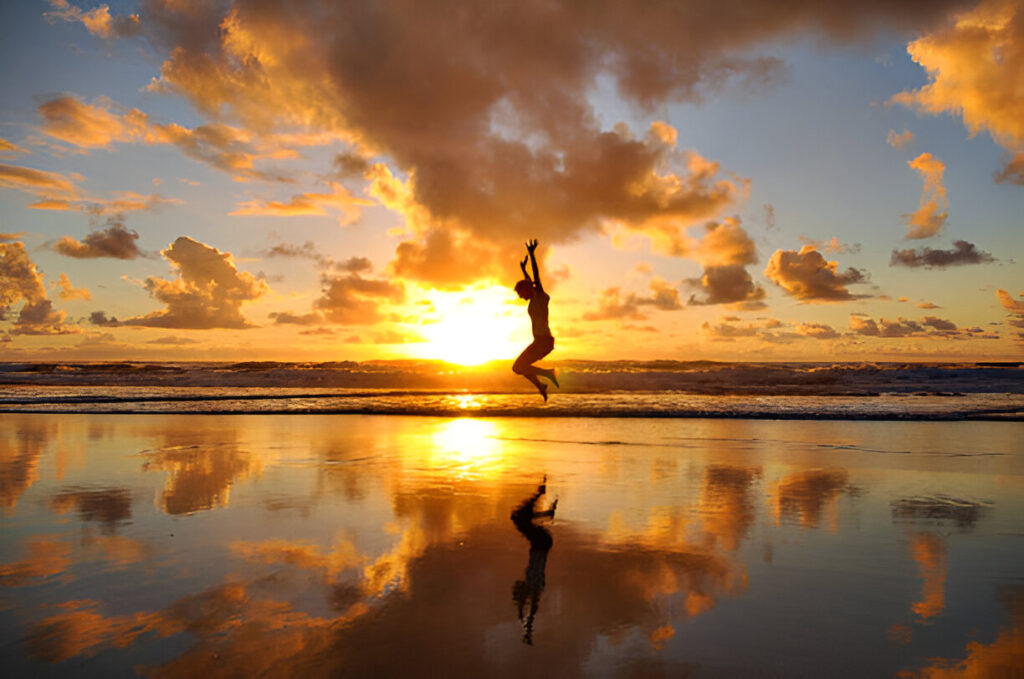
Is Spring the Best Time to Visit the Sunshine Coast
Colourful and Calm: Spring brings blooming flowers, fresh air, and ideal beach weather.
Events to Watch:
- Noosa Eat & Drink Festival
- Horizon Festival of Arts & Culture
- Spring school holidays (avoid late September if crowds aren’t your thing)
Top Perks:
- Balanced weather for families
- Excellent swimming conditions
- New growth and baby wildlife sightings
Verdict: Arguably the best time to visit the Sunshine Coast in Australia for a bit of everything.
National Park Hiking and Wildflower Displays
Noosa National Park becomes a hiker’s paradise with cooler mornings and dry paths. Coastal walking trails offer views of migrating whales, while inland routes wind through violet jacaranda blooms.
Look for rare orchids near Hell’s Gates lookout or golden wattle along the Tanglewood Track.
Kondalilla Falls swells with spring rains, creating misty rainforest walks. Pack binoculars to spot butterflies among flowering gum trees. Rangers recommend early starts to avoid midday heat on exposed sections.
Birdwatching and Everglades Ecosafari Experiences
Over 40% of Australia’s bird species thrive here during spring. Head to Lake Weyba for kingfishers or Maroochy Wetlands for jabirus.
Guided Everglades tours reveal rare freshwater ecosystems, where dawn paddles showcase basking turtles and azure kingfishers.
Noosa Main Beach sees smaller crowds, perfect for lazy afternoons between swims. Local guides suggest combining beach time with sunset cruises along the Noosa River.
For deeper exploration, kayak through mirrored Everglades waterways – their stillness amplifies the chorus of frogmouth owls and honeyeaters.
Activities, Attractions, and Insider Tips
From rugged trails to seaside eateries, this region delivers unforgettable experiences beyond its famous beaches. Local experts share curated suggestions for balancing adventure with authentic flavours.
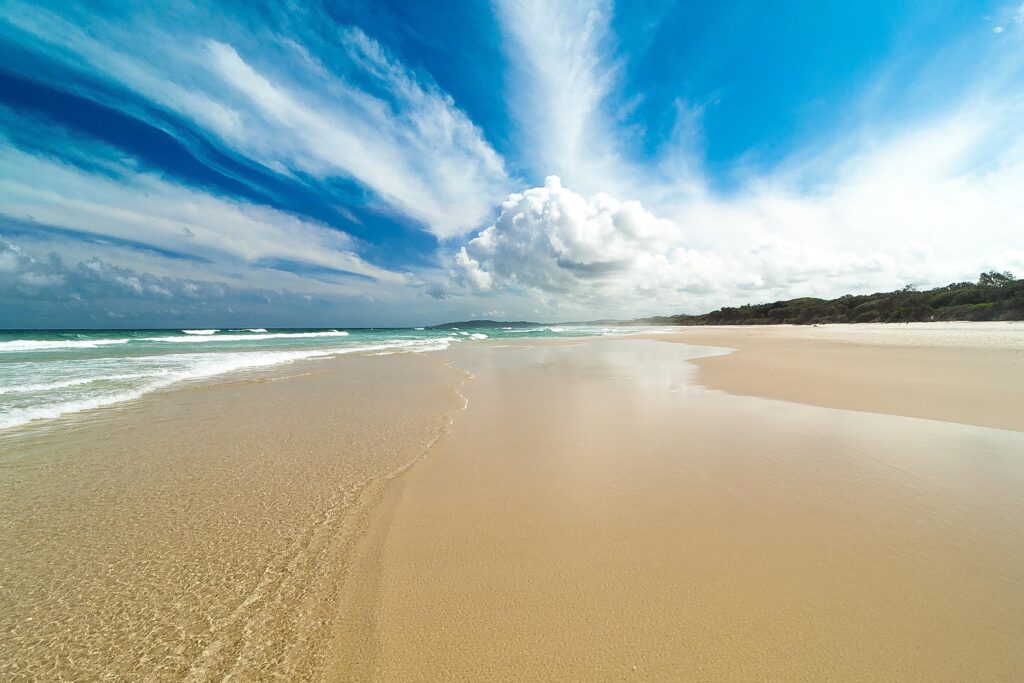
Thrills, Tastes, and Hidden Gems
Outdoor enthusiasts will love these activities:
- Kayak through Noosa Everglades’ mirrored waterways at dawn
- Conquer Mount Coolum’s summit trail before 8 am for sunrise views
- Join surf schools at Alexandra Headland for smaller morning crowds
Foodies shouldn’t miss Hastings Street’s culinary stars:
- Handmade pasta at Sails Restaurant during twilight specials
- Local macadamia nuts at Noosa Farmers Market (Sundays only)
- Craft breweries offering paddle tastings after 3 pm
| Attraction | Quiet Hours | Peak Times |
| Australia Zoo | Weekdays after 1:30 pm | 10 am-12 pm weekends |
| Eumundi Markets | Early Wed/Sat arrivals | 9 am-11 am |
Smart itinerary planning tips:
- Book multi-attraction passes online for 15% savings
- Use Sunshine Coast Council’s free travel app for live parking updates
- Combine hinterland drives with farmgate stops
Local guides recommend splitting days between coastal and inland adventures. Pack swimwear and hiking shoes to switch seamlessly between activities.
Best Time to Visit Sunshine Coast in Australia: At a Glance
Best Time for Budget Travellers
To save, aim for:
- May to early June (before school holidays)
- August (end of winter, still sunny)
- Avoid public holidays and long weekends
Best Time for Families with Kids
Family-friendly Travel Tips:
- September school holidays are warm and fun
- Avoid late December unless you’re OK with crowds
- April is great for Easter breaks without extreme heat
Best Time for Couples & Romantic Getaways
- Late April or October for sunsets and privacy
- Winter months for cosy hinterland cabins
- Avoid the festive season unless you join the buzz
Accommodation Prices by Season
Note: Accommodation prices will change periodically, reflecting the ebb and flow of demand. This means that during peak times, when interest is high, you may encounter elevated rates, while during quieter periods, prices may be more favorable.
| Season | Cost Range (Per Night) |
| Summer | $180 – $350+ |
| Autumn | $130 – $250 |
| Winter | $110 – $200 |
| Spring | $150 – $300 |
Look for deals on comparison sites during off-peak weeks.
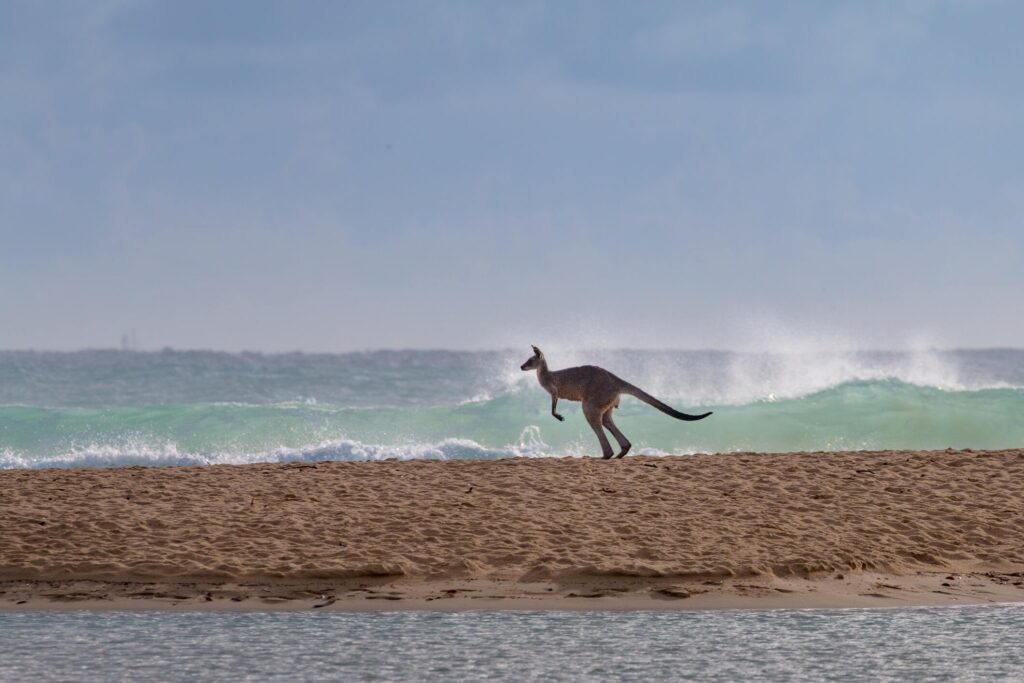
Conclusion: Choosing the best time to visit the Sunshine Coast
No matter your style—surf-hungry, soul-searching, or family-focused—the Sunshine Coast has a season that suits you. While spring (September to November) strikes the perfect balance for most travellers, autumn and winter also offer peaceful beauty and budget perks.
If you’re looking for the best time to visit Sunshine Coast in Australia, choose a season that matches your goals and travel mood. There’s no bad time—only better times for your specific adventure.
Always check real-time forecasts using phrases like “Sunshine Coast weather today” before packing.
Ultimately, your ideal trip aligns with personal preferences. Whether chasing surf breaks, sampling local food, or photographing national parks, this corner of Australia delivers unforgettable moments every month.
Start planning – your perfect Queensland escape awaits.
FAQs About Visiting the Sunshine Coast
What months offer warm beach weather without heavy crowds?
March to May and September to November typically provide pleasant temperatures (13–28°C) with fewer visitors. These periods balance sunny days for swimming at spots like Noosa Main Beach and comfortable conditions for exploring the Glass House Mountains.
How does the climate differ between coastal areas and the hinterland?
Coastal zones like Mooloolaba often have milder winters (17–22°C) and higher humidity, while hinterland regions experience cooler nights and up to 5°C lower daytime temperatures. Rainfall also varies, with the hinterland receiving slightly more annual precipitation.
Are summer holidays too busy for family trips?
December–January brings peak crowds due to school breaks and events like the Caloundra Music Festival. For quieter trips, consider early December or late January, when accommodation deals improve and popular trails in Noosa National Park remain accessible.
When can visitors spot humpback whales offshore?
Whale watching season runs from June to October, with peak sightings between July and September. Operators from Mooloolaba and Alexandra Headland offer tours during this period, coinciding with cooler daytime averages of 19–22°C.
What makes autumn ideal for cultural experiences?
April–May hosts events like the Hinterland Flavours Festival and Noosa Surf Film Festival. Cooler mornings (13–28°C) also create perfect conditions for hiking Kondalilla Falls or browsing Eumundi Markets without summer’s humidity.
Does winter limit outdoor activities?
Not at all. June–August offers crisp mornings ideal for biking the Coastal Pathway or kayaking the Everglades. Surfers favour these months for consistent swells at beaches like Coolum, while daytime temperatures rarely drop below 19°C.
Are wildflowers visible during spring?
Yes! September–November showcases blooming wildflowers in parks like Mary Cairncross Scenic Reserve. This season also attracts migratory birds to the Pumicestone Passage, making it prime for eco-tours or picnics at Kings Beach.
Where can travellers find authentic local dining?
The region’s farm-to-table scene thrives at venues like The Long Apron in Montville or Harvest Café in Noosaville. For seafood, head to the Spit at Mooloolaba or Fisherman’s Road Market in Maroochydore.

